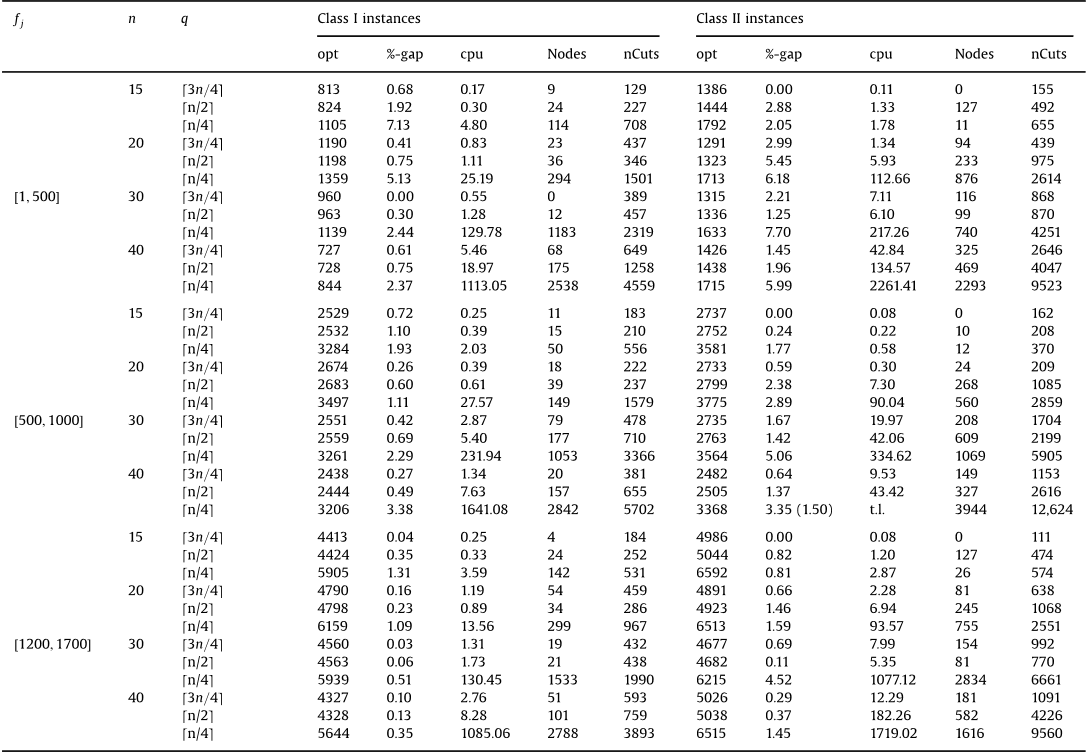Q1. What are the contributions in "A branch-and-cut algorithm for two-level survivable network design problems" ?
This paper approaches the problem of designing a two-level network protected against single-edge failures. The authors consider two survivable structures in both network levels. The aim of the problem is to minimize the total cost. The authors give integer programming formulations and valid inequalities for the different versions of the problem, solve them using a branch-and-cut algorithm, and discuss computational results.





